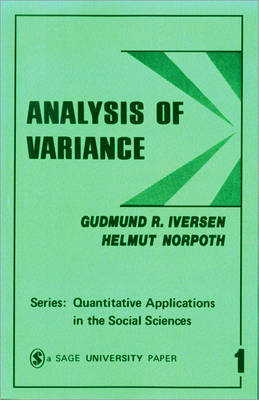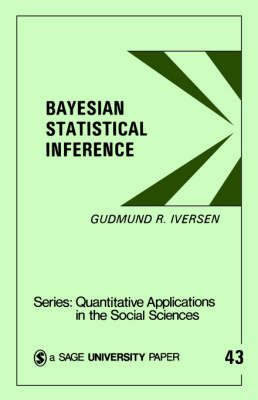Quantitative Applications in the Social Sciences
1 primary work • 4 total works
Book 110
This book offers an overview of the central ideas in calculus and gives examples of how calculus is used to translate many real-world phenomena into mathematical functions. Beginning with an explanation of the two major parts of calculus - differentiation and integration - Gudmund R Iversen illustrates how calculus is used in statistics: to distinguish between the mean and the median; to derive the least squares formulas for regression co-efficients; to find values of parameters from theoretical distributions; and to find a statistical p-value when using one of the continuous test variables such as the t-variable.
The authors have improved on their widely used first edition by providing updated examples, adding material on how to do ANOVA using statistical packages for microcomputers, linking the use of ANOVA to regression analysis, and enchancing their discussion on using ANOVA for experimentally gathered data.
The effective use of contextual analysis - the study of the role of group context on actions and attitudes of individuals - often involves overcoming a number of issues such as group boundaries, the mobility of individuals within a group, overlapping groups, missing individual data and the choice of statistical models. This straightforward volume offers researchers a guide for selecting the best model to use, and discusses such topics as contextual analysis with absolute effects, with relative effects and the choice between regression coefficients as fixed parameters or as random variables.
Statisticians now generally acknowledge the theorectical importance of Bayesian inference, if not its practical validity. According to Gudmund R. Iversen, one reason for the lag in applications is that empirical researchers have lacked a grounding in the methodology. His volume provides this introduction and serves as a companion to #4, Tests of Significance.



